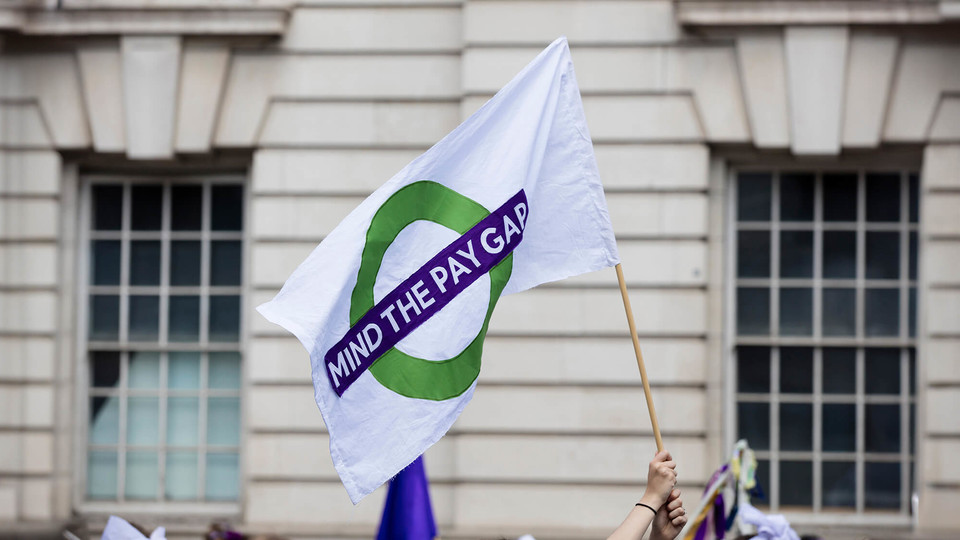
When Giants Walk The Earth
What Happens To Individual Consumers When Corporations Boom?
Based on research by Gustavo Grullon, Yelena Larkin and Roni Michaely
What Happens To Individual Consumers When Corporations Boom?
- In the last 15 years, consolidation of public firms and large corporations has concentrated product market share.
- These mergers, which lead to greater market power, yield hefty stock returns.
- While stockholders clearly benefit from this concentration of market share, it’s not clear if the reduced competition helps or hurts U.S. consumers.
Big business is evolving. During the second half of the 20th century, tariff cuts and deregulations drastically changed the industrial landscape of many markets. Between 1950 and 1999, these changes markedly lowered the concentration levels in most industries.
But in a recent paper, Rice Business professor Gustavo Grullon shows that since the beginning of the 21st century, this trend has reversed. The changes he documents are massive: three-quarters of U.S. industries have become more concentrated in the past 15 years, Grullon notes. Large companies are merging at record pace, continuing to strengthen their market share formidably.
Grullon’s research also shows that in the last two decades, the United States lost half of its publicly traded companies. But while there are fewer public firms now than in the early 1970s, their share of the U.S. real gross domestic product has actually grown.
What are the consequences of this trend? First, Grullon found, the firms in more concentrated markets outperform those in less concentrated markets. So an investment strategy that buys firms in industries with higher concentration levels, and shorts firms in industries with lower concentration levels, generates, on average, an abnormal return of about nine percent per year. This suggests that industry concentration probably weakened competition in the U.S., Grullon wrote.
At the same time, Grullon found, private firms did not replace the public firms that disappeared from the market. True, more private firms entered the economy. But their contribution to product market activity overall has actually been small.
These findings, Grullon wrote, suggest that “despite popular beliefs, competition could have been fading over time.” Profit margins have grown, but not necessarily because of greater productivity or efficiency. Instead, they’re the result of higher operating margins.
In other words, mergers deliver investors bigger profits, thanks to a potential increase in market power.
The question should prompt policymakers to look further into the repercussions of megamergers and the reduced competition that attends them, Grullon argued.
As industries consolidate into a few publicly traded companies, there’s no question that companies and stockholders reap the benefits. Individual consumers, however, are another matter, Grullon found. There’s still much to learn about how merger mania affects the people who keep the giants in business.
Gustavo Grullon is Jesse H. Jones Professor of Finance at the Jones Graduate School of Business at Rice University.
For more information please read: Grullon, G., Larkin, Y., and Michaely, R. (2019). Are U.S. Industries Becoming More Concentrated? Review of Finance, 23(4), 697–743.
Never Miss A Story


